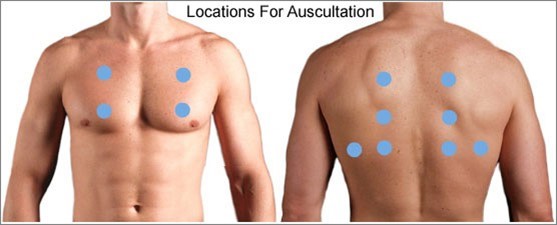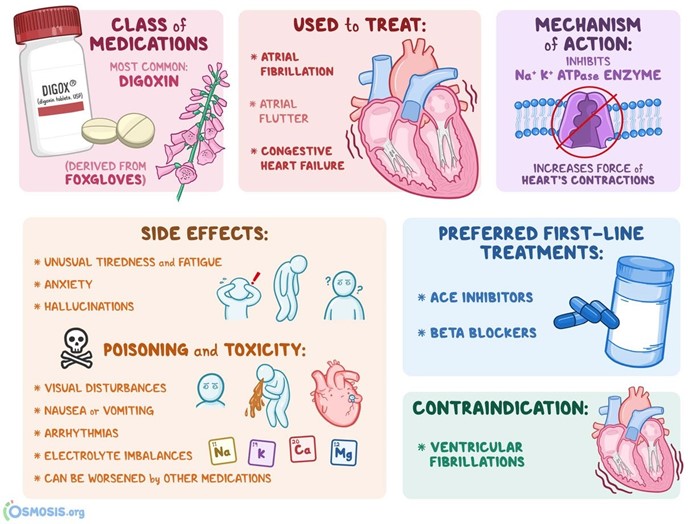The practical nurse (PN) is assessing an older client with left-sided heart failure (HF). What intervention is most important for the PN to implement?
Inspect for sacral edema.
Measure urinary output.
Auscultate all lung fields.
Check mental acuity.
Check mental acuity.
The Correct Answer is C
When assessing an older client with left-sided heart failure (HF), the most important intervention for the practical nurse (PN) to implement is to auscultate all lung fields. Left-sided heart failure is characterized by the inability of the left ventricle to effectively pump blood, leading to fluid accumulation in the lungs. Auscultating all lung fields allows the PN to assess for the presence of abnormal lung sounds such as crackles, indicating pulmonary congestion.

In summary, when assessing an older client with left-sided heart failure, the most important intervention for the practical nurse (PN) to implement is to auscultate all lung fields. This allows for the detection of abnormal lung sounds associated with pulmonary congestion, a hallmark sign of left-sided heart failure.
Nursing Test Bank
Naxlex Comprehensive Predictor Exams
Related Questions
Correct Answer is ["A","B","C","E","H"]
Explanation
To identify the potential source of the client's new-onset confusion and decreased appetite, the nurse can use the following assessment techniques:
- Ask to see the client's list of home medications: This can help identify any medications that may contribute to confusion or appetite changes.
- Determine if the client has recently lost a loved one: Emotional distress, such as grief from a recent loss, can contribute to changes in mental status and appetite.
- Measure the client's vital signs: Vital signs can provide important information about the client's overall health status and help identify any abnormalities that may be contributing to the symptoms.
- Perform a 12-lead electrocardiogram: This can help assess the client's cardiac function and detect any cardiac-related causes for the symptoms.
- Ask about the client's last bowel movement: Changes in bowel habits can sometimes be indicative of underlying issues affecting appetite and overall health.
- Measure the client's abdominal circumference: This can help assess for any abdominal distension or changes that may be related to the client's symptoms.
Collecting a sputum and urine culture and sensitivities and having the client ambulate across the room are not directly related to identifying the potential source of confusion and decreased appetite in this case.
Correct Answer is C
Explanation
This is the action that the PN should take prior to giving digoxin to a 2-month-old infant whose heart rate is 120 beats/minute. Digoxin is a cardiac glycoside that is used to treat heart failure and arrhythmias. It has a narrow therapeutic range and can cause serious side effects such as bradycardia, hypotension, and toxicity. Therefore, it is important to monitor the client's vital signs before and after administering the medication. A normal heart rate for a 2-month-old infant is 100–190 beats/minute, so 120 beats/minute is within the normal range and does not indicate a need to hold the medication. The PN should administer the medication as prescribed and document the heart rate and any other relevant findings.

Whether you are a student looking to ace your exams or a practicing nurse seeking to enhance your expertise , our nursing education contents will empower you with the confidence and competence to make a difference in the lives of patients and become a respected leader in the healthcare field.
Visit Naxlex, invest in your future and unlock endless possibilities with our unparalleled nursing education contents today
Report Wrong Answer on the Current Question
Do you disagree with the answer? If yes, what is your expected answer? Explain.
Kindly be descriptive with the issue you are facing.
